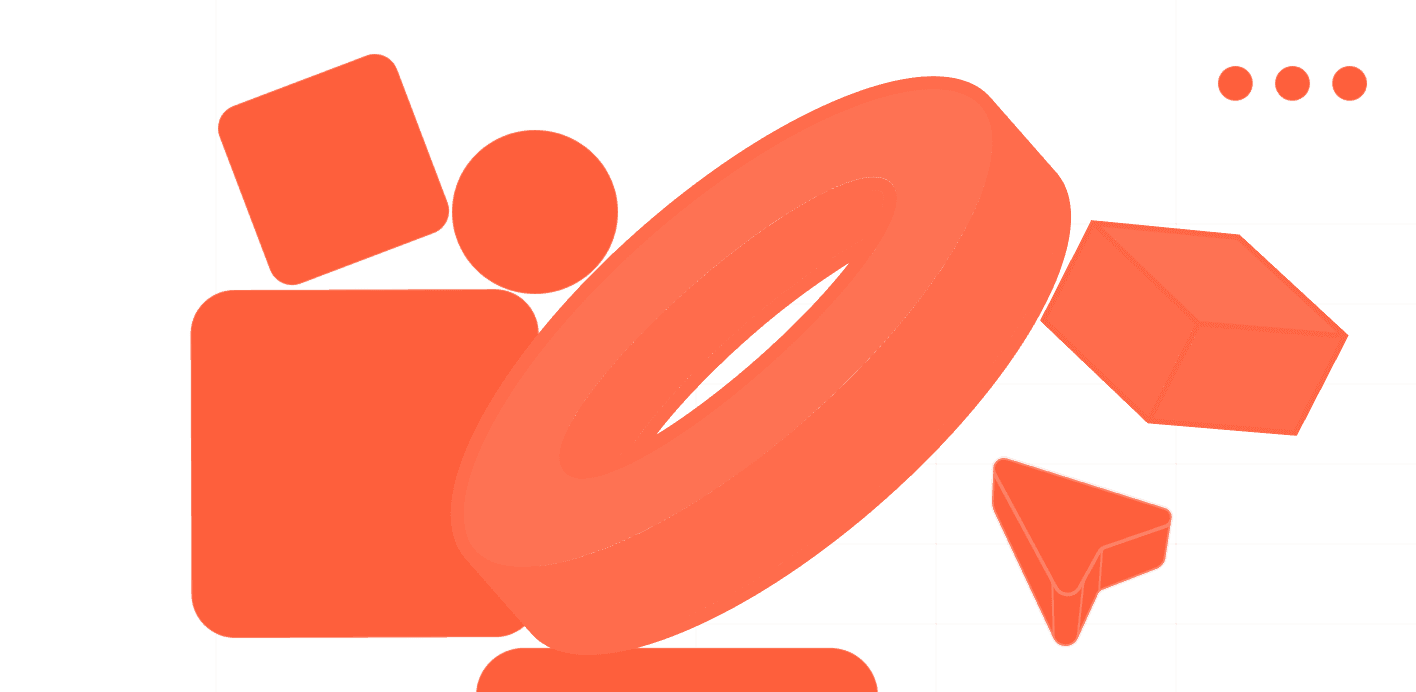
/
What Is 3PL in Ecommerce? Strategies for Maximizing Efficiency Through Fulfillment Software Integration
What Is 3PL in Ecommerce? Strategies for Maximizing Efficiency Through Fulfillment Software Integration
Jesse Stock
on
May 14, 2025
Maximizing Efficiency: Fulfillment Software Integration for 3PLs
Estimated reading time: 6 minutes
Table of Contents
Understanding Fulfillment Software Integration for 3PL
Benefits of Fulfillment Software Integration
Order Management System Best Practices
Automating Packaging Customization
Real‑Time Shipment Tracking Solutions
API Integration with Ecommerce Platforms
Leveraging Advanced Analytics for Growth
Conclusion
Frequently Asked Questions
Key Takeaways
Fulfillment software integration streamlines 3PL operations end‑to‑end.
Automation cuts manual work and accelerates order processing.
Data insights optimize inventory and reduce carrying costs.
Real‑time tracking boosts customer satisfaction and reduces support tickets.
Advanced technologies like multi‑agent systems scale dynamically with demand.
Understanding Fulfillment Software Integration for 3PL
Fulfillment software serves as the central hub for automating warehousing, order processing, inventory management, and shipping workflows. Integration ties these modules together—ERP, WMS, OMS, and shipping carriers—enabling instant, bi‑directional data flow. For 3PL providers, this unified platform is critical to handling peak volumes, reducing errors, and maintaining SLAs.
Benefits of Fulfillment Software Integration
Save Time Through Automation
Automated routing and notification eliminate manual order hand‑offs. Warehouse staff receive instant picking tickets, and packing stations adjust box sizes algorithmically. Incorporating intelligent agents can further design custom workflows—streamlining each stage from receipt to shipment.
Drive Down Costs with Data‑Driven Decisions
Real‑time analytics enable 3PLs to rebalance inventory across multiple warehouses. By forecasting demand with tools like OpenAI Deep Research, you minimize expedited shipping fees and labor overtime.
Enhance Visibility and Customer Satisfaction
Integrated stock levels and order tracking reduce inquiry volumes. Systems powered by multi‑agent systems push real‑time updates to customers’ dashboards—improving transparency and trust.
Order Management System Best Practices
An OMS orchestrates orders from storefront to shipment. Key practices include:
Auto‑importing orders from all sales channels
Custom workflows per product type or client
Robust search, filtering, and reporting for bottleneck analysis
A best‑in‑class OMS integrates with your WMS and TMS—enabling end‑to‑end visibility and optimized labor scheduling.
Automating Packaging Customization
Dynamic packaging engines select box dimensions, void fill, and branding inserts based on order attributes—reducing material waste and manual errors while ensuring consistent unboxing experiences.
Real‑Time Shipment Tracking Solutions
By embedding GPS and barcode scanning within your TMS, you offer live location feeds directly in customer portals. This proactive visibility cuts support inquiries and improves estimated delivery accuracy.
API Integration with Ecommerce Platforms
RESTful APIs connect your 3PL system to Shopify, Magento, and BigCommerce—auto‑syncing orders, inventory levels, and returns. Advanced agents can monitor API performance and auto‑retry failed calls for uninterrupted data flow.
Leveraging Advanced Analytics for Growth
Deep analytics reveal seasonality, geographic hotspots, and SKU velocity. Platforms leveraging AI‑driven forecasting help 3PLs optimize labor, space utilization, and carrier selection—driving continuous improvement and scalable growth.
Conclusion
Integrating fulfillment software is no longer optional—it’s a strategic imperative for 3PLs aiming to cut costs, scale efficiently, and delight customers. Embrace automation, real‑time data, and intelligent agents to transform your operations into a competitive advantage.
Frequently Asked Questions
What is fulfillment software integration?
It’s the process of linking logistics systems (WMS, OMS, ERP, carriers) to enable seamless data exchange and automation.
How does automation speed up order fulfillment?
Automation routes tasks, triggers notifications, and adjusts workflows in real time—eliminating manual hand‑offs and delays.
Why is real-time tracking important?
Live tracking boosts customer satisfaction by providing transparency and reducing support inquiries.
Can 3PLs use AI in their fulfillment operations?
Yes—intelligent agents and machine learning models optimize routing, forecasting, and packaging for maximum efficiency.
How do analytics drive growth for 3PLs?
By uncovering demand patterns, optimizing inventory placement, and refining labor planning, analytics deliver cost savings and strategic insights.
Share this article:
More Articles
May 14, 2025
What Is 3PL in Ecommerce? Strategies for Maximizing Efficiency Through Fulfillment Software Integration
May 14, 2025
Third Party Logistics Companies: The Backbone of Modern Supply Chains
May 14, 2025
Why Product Customization is a Must for Online Stores
May 14, 2025

